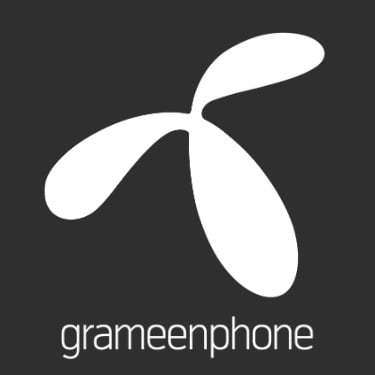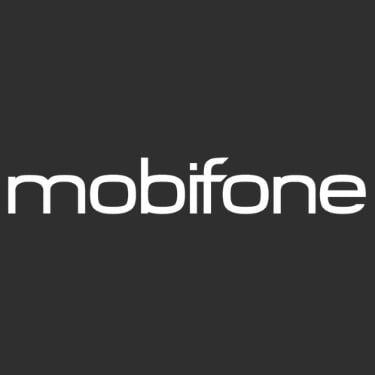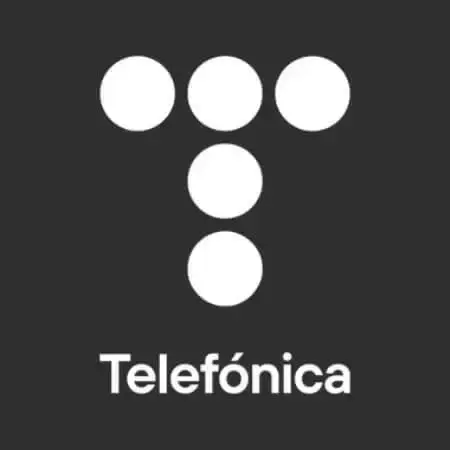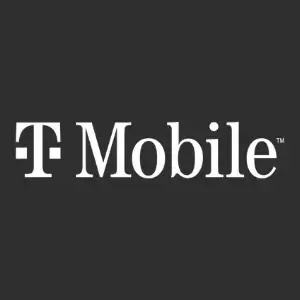By imposing telecommuting, online education, and e-commerce, the health crisis has revealed glaring digital inequalities in France.
Today, 12%* of the French population does not have access to the Internet at home, regardless of the type of device, computer, tablet, or cell phone. And that's not counting the fact that 65% of people over 70 years old and 73% of retirees do not master the Internet.
Public communicators are therefore mobilizing all the tools at their disposal, digital of course (websites, mobile applications, social media) but they are also returning to more traditional media (municipal newspapers, posters) **. And above all, public communicators are giving the telephone its rightful place in mass communication because the vast majority of the population now has a cell phone.
The "telephone strategy" mentioned by some of them includes :
- Improving administrative procedures (some town halls are reintroducing fixed or mobile numbers to assist users on a daily basis, for example)
- Dissemination of alerts in case of emergency (SMS alerts, mobile applications)
- Distribution of local information (subscription to newsletters)
Regarding the dissemination of alerts in crisis situations, Gérald Darmanin had declared following the fire at the Lubrizol plant in Rouen: "In the 20th century, we went from the tocsin to the siren. And in the 21st century, we will go from the siren to the cell phone". In fact, warning sirens will not be replaced, nor will communication on social networks or interventions in the media, or the use of other broadcasters, as in the Alerte-Enlèvement system.
To know more about the new alert system for the population via cell phones :
FR-Alert in the media :
Related content :
Press releases :
*Source : Etude de l’Insee publiée le 21 avril 2020.
**Source : Les cahiers 2021, Cap’Com
 Public communication: the return of phones to overcome digital inequalities" />
Public communication: the return of phones to overcome digital inequalities" />

.jpg)
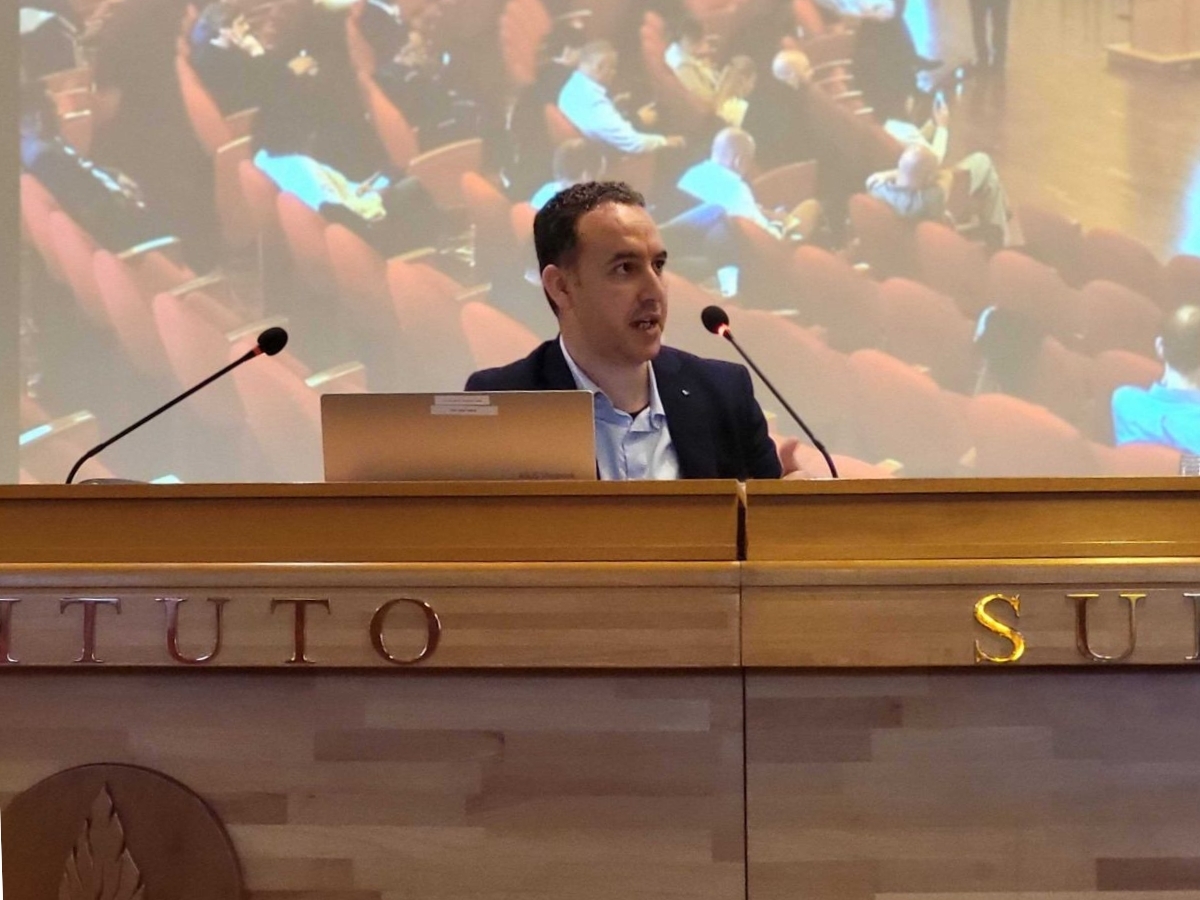



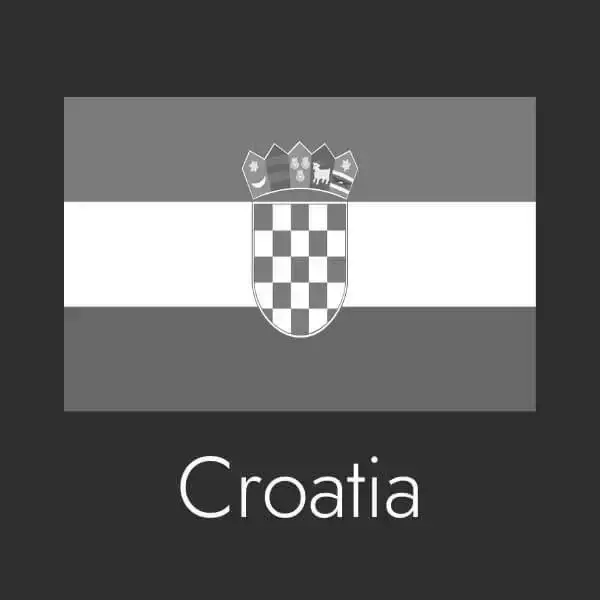




.webp)


.webp)
